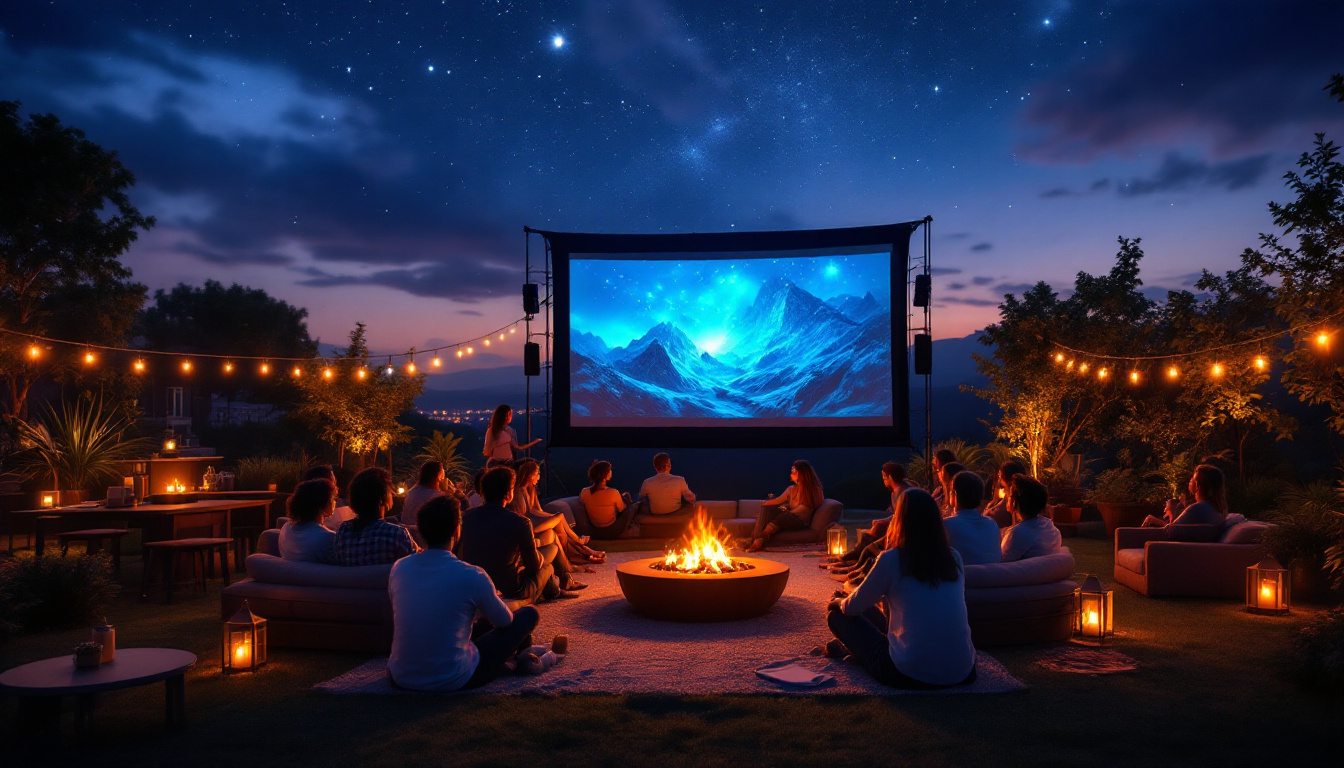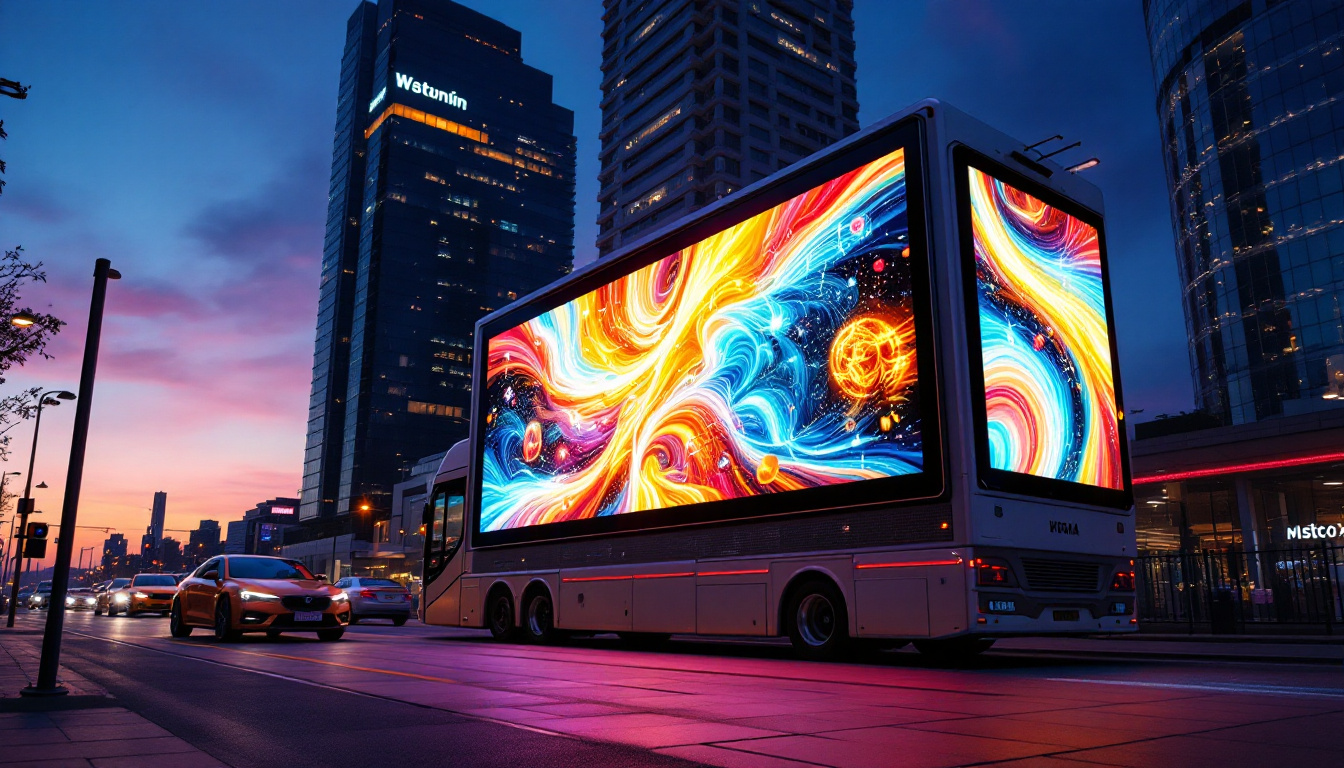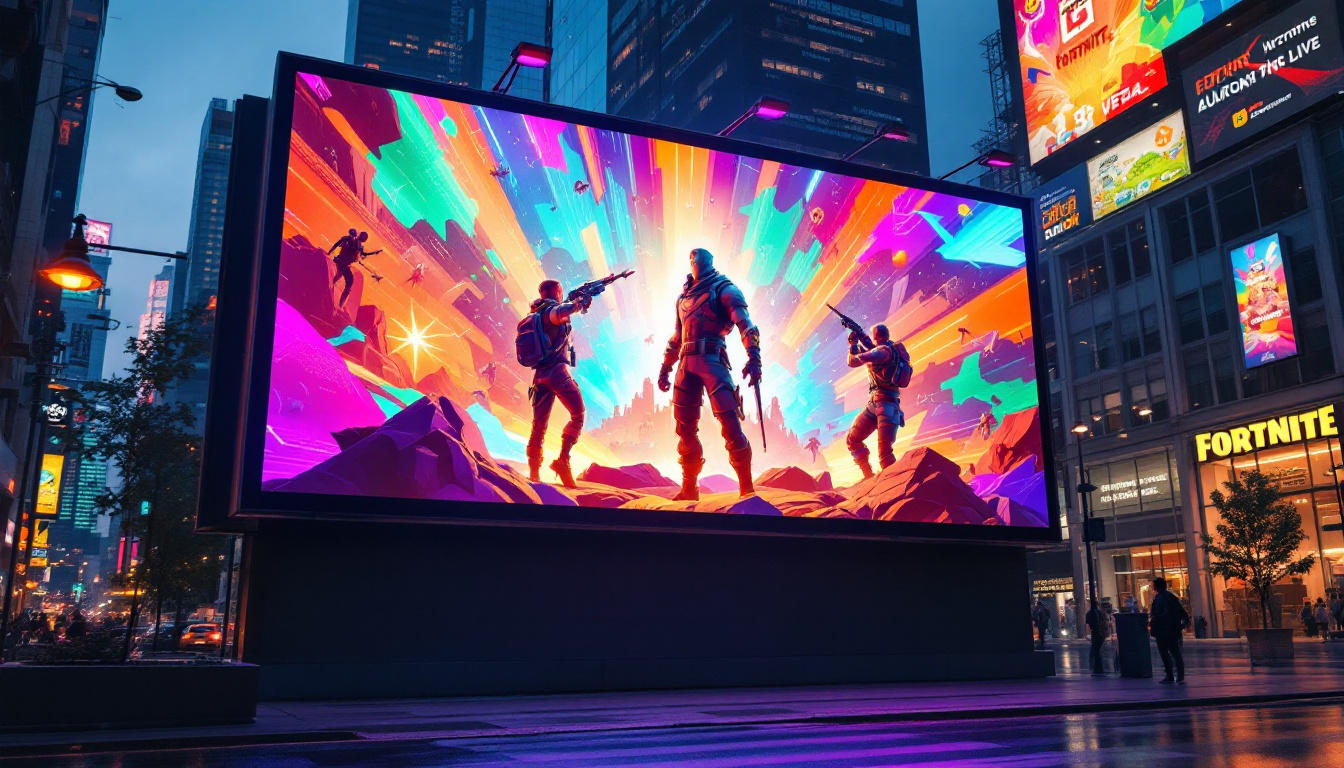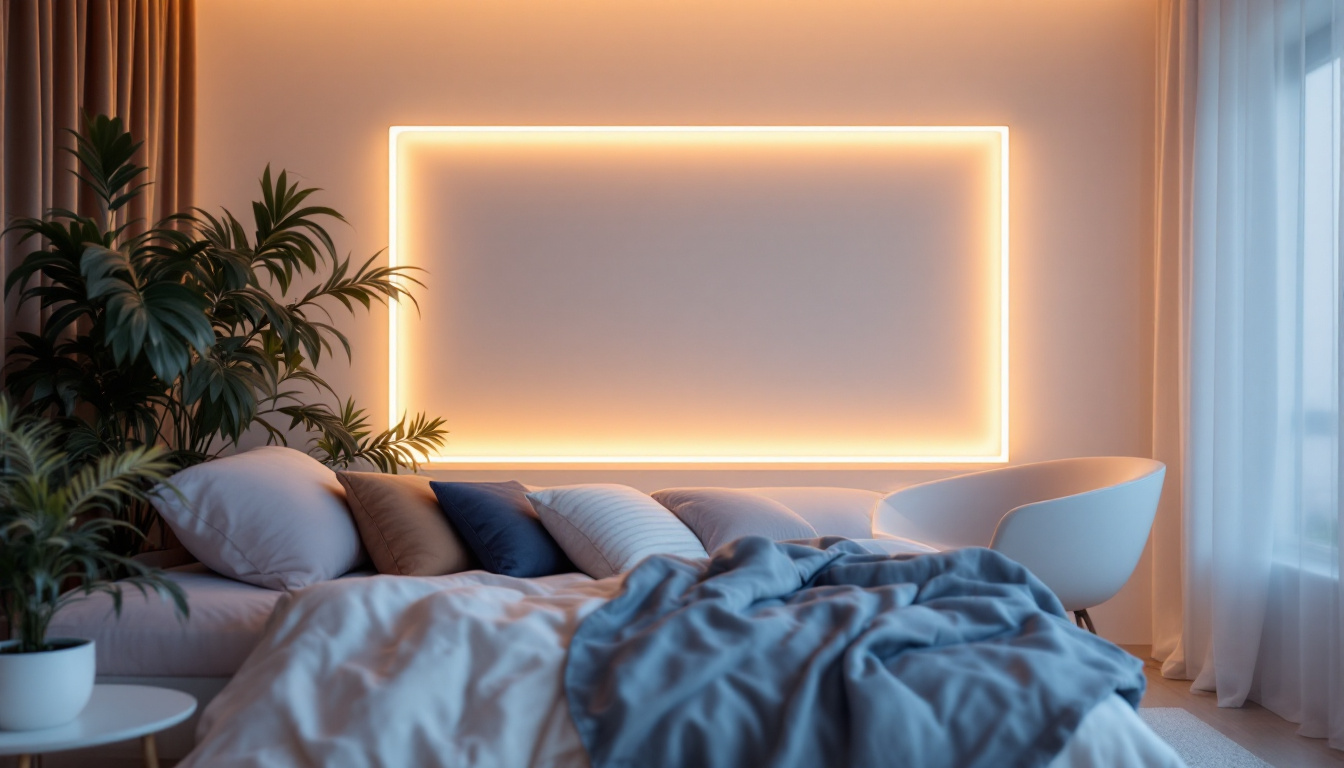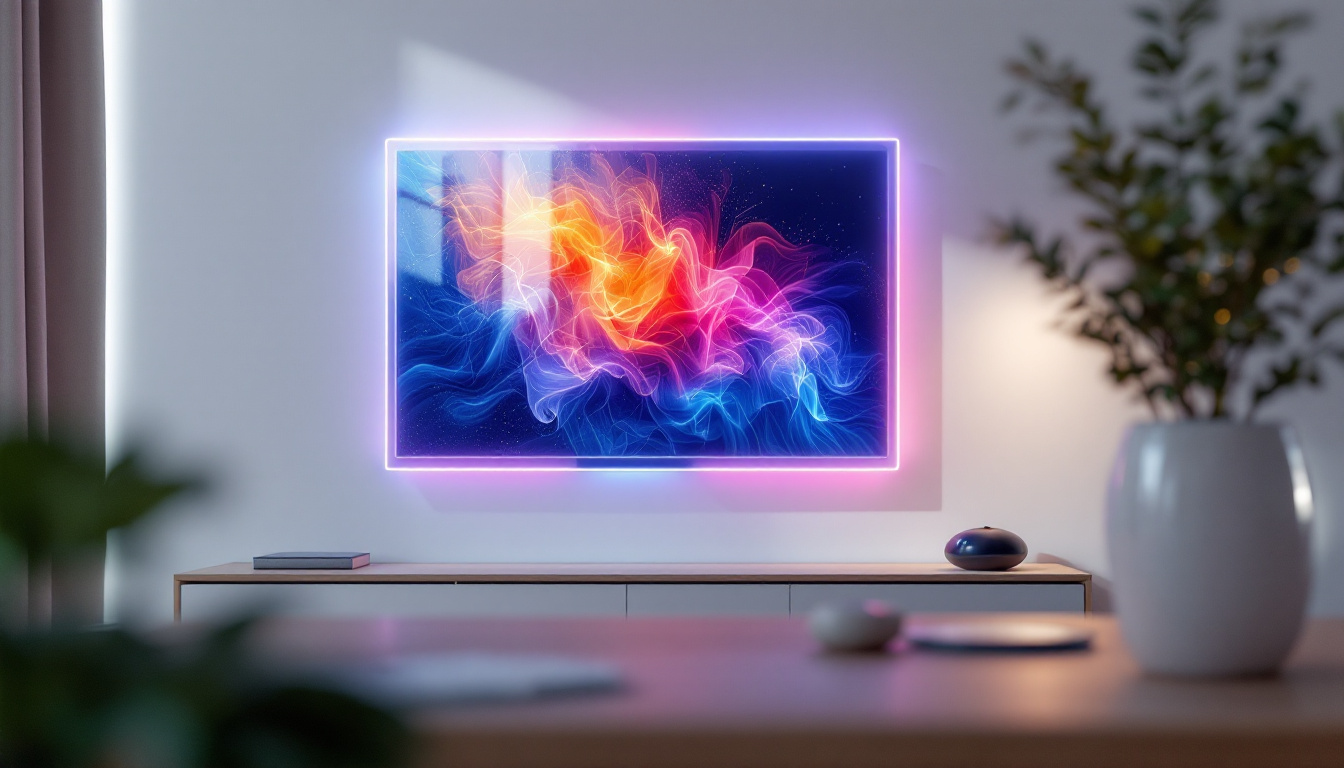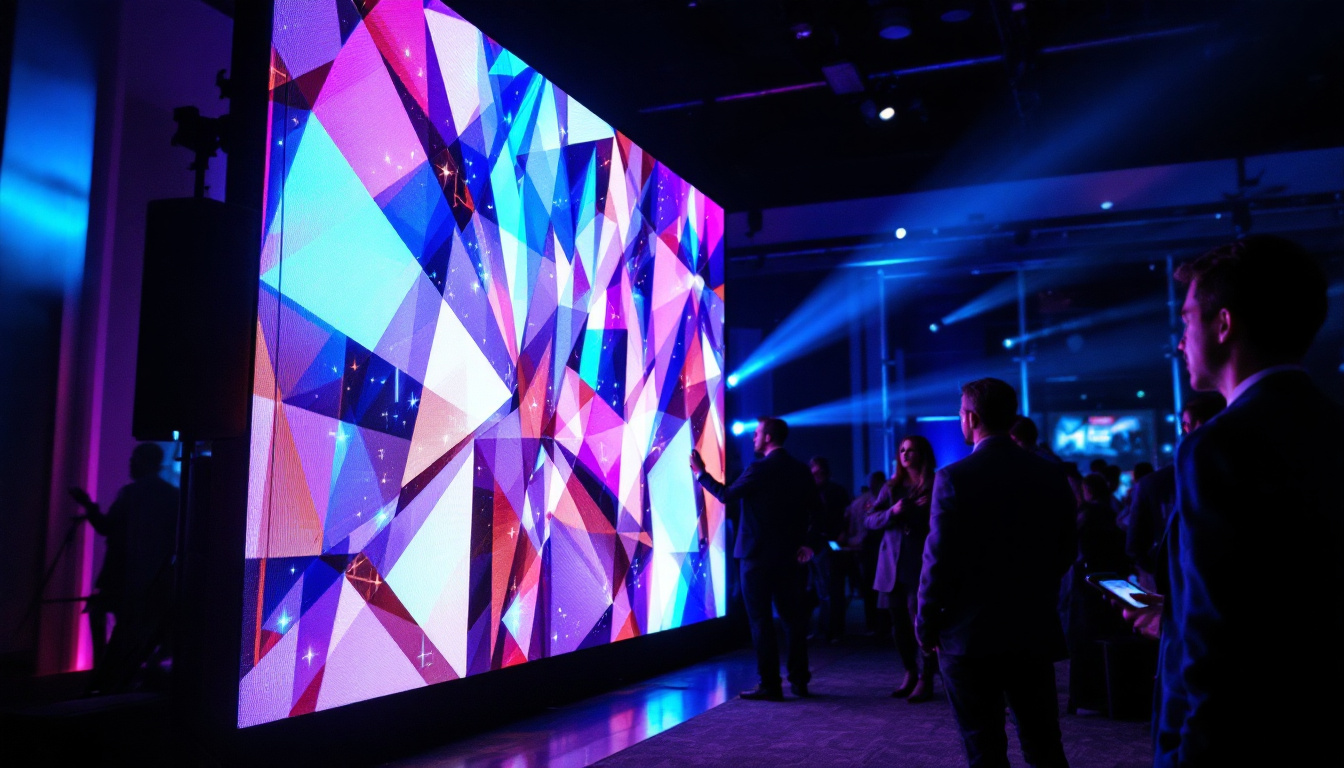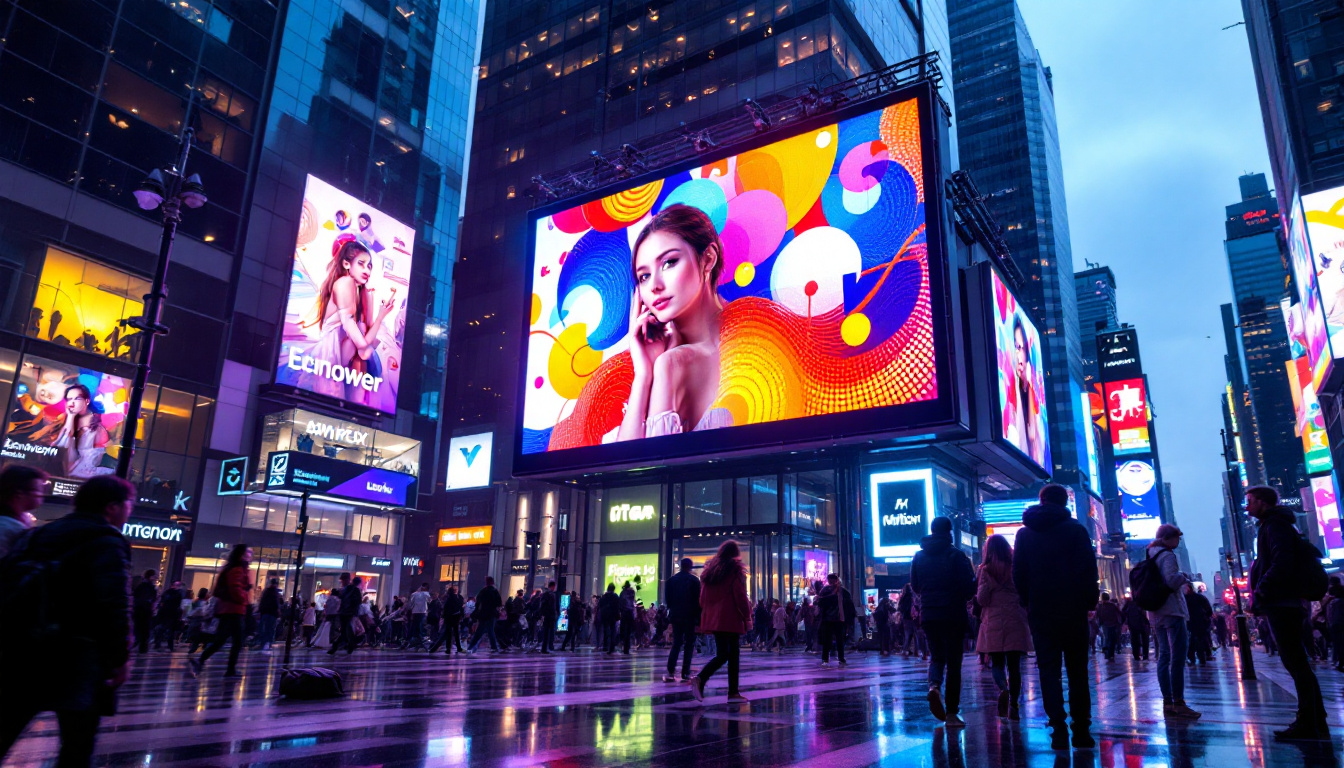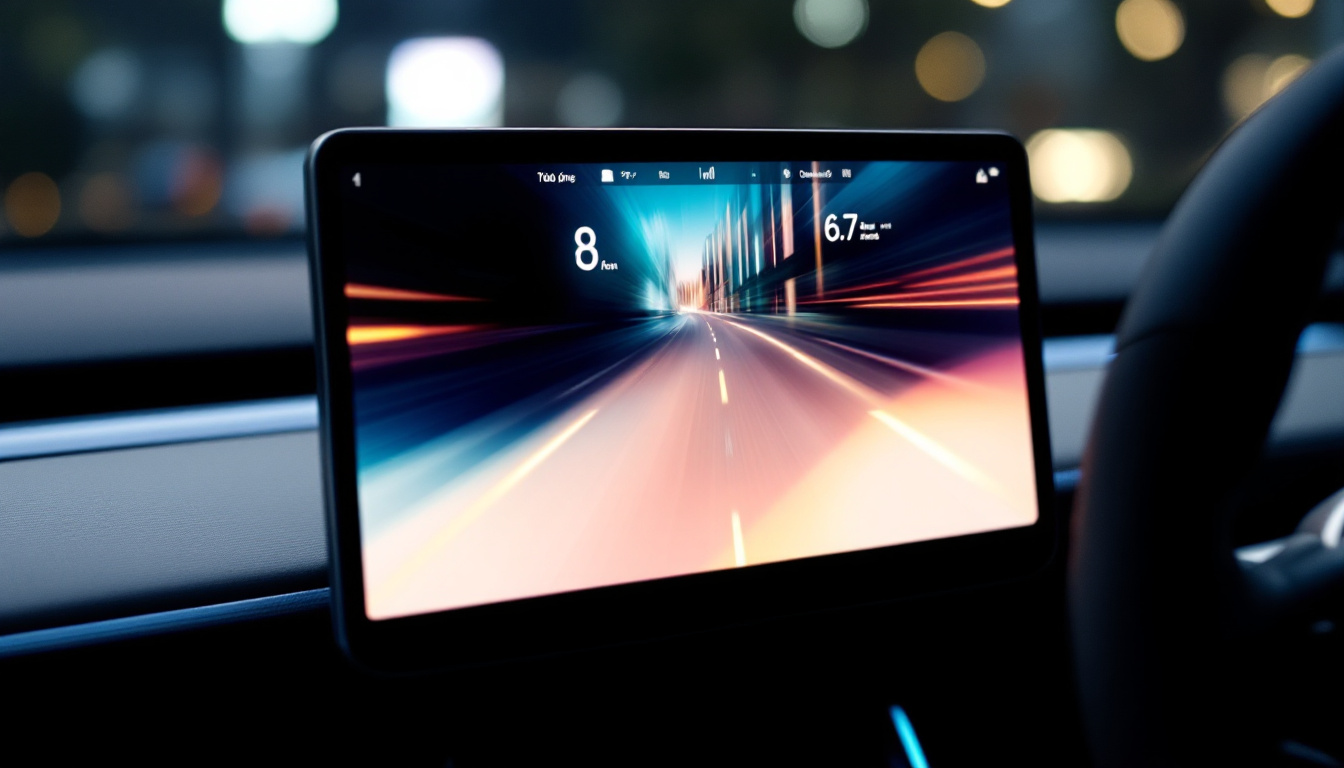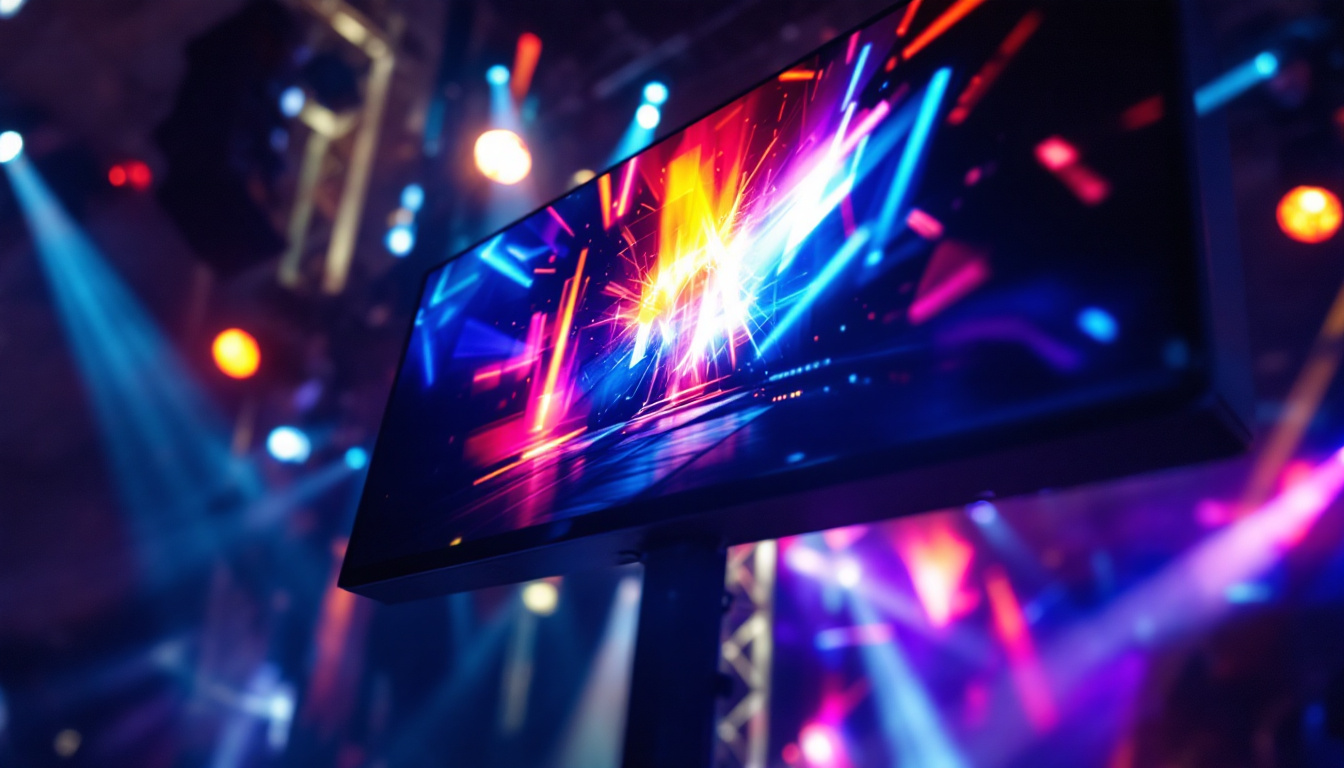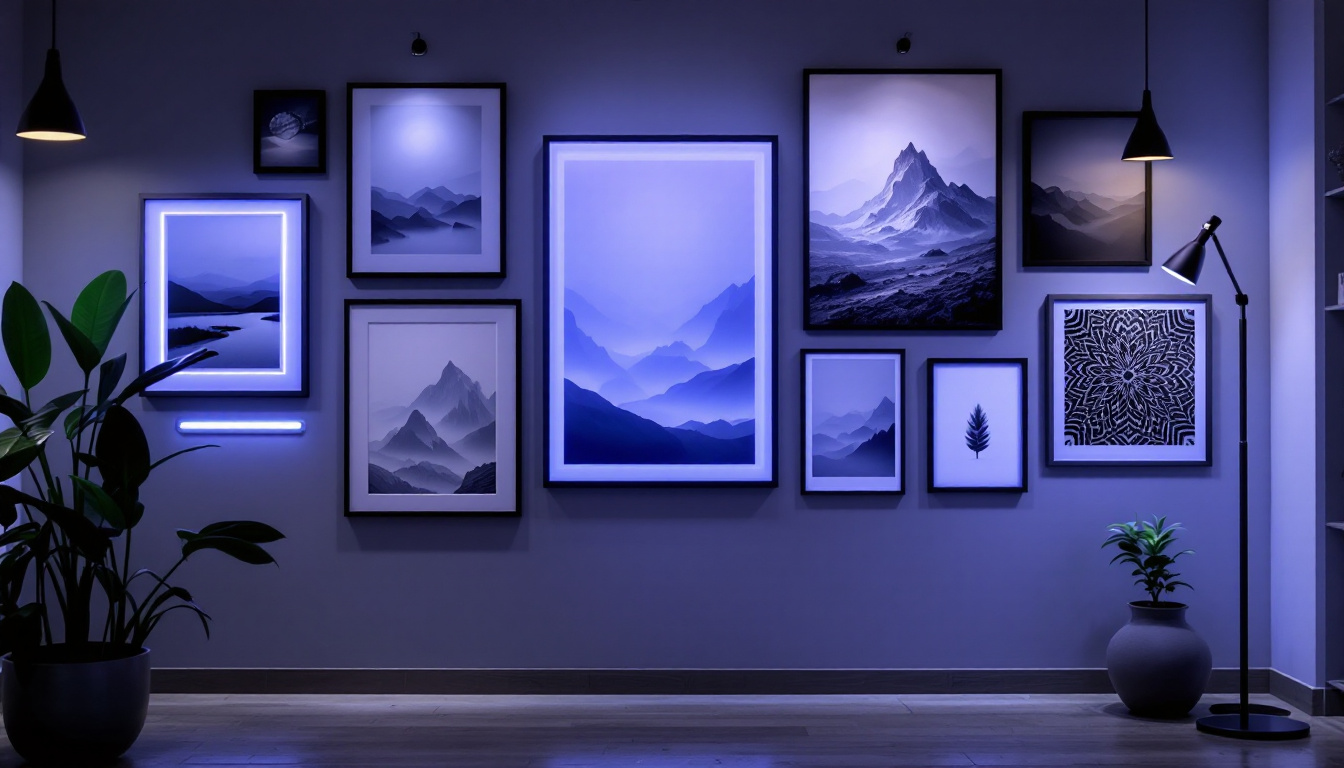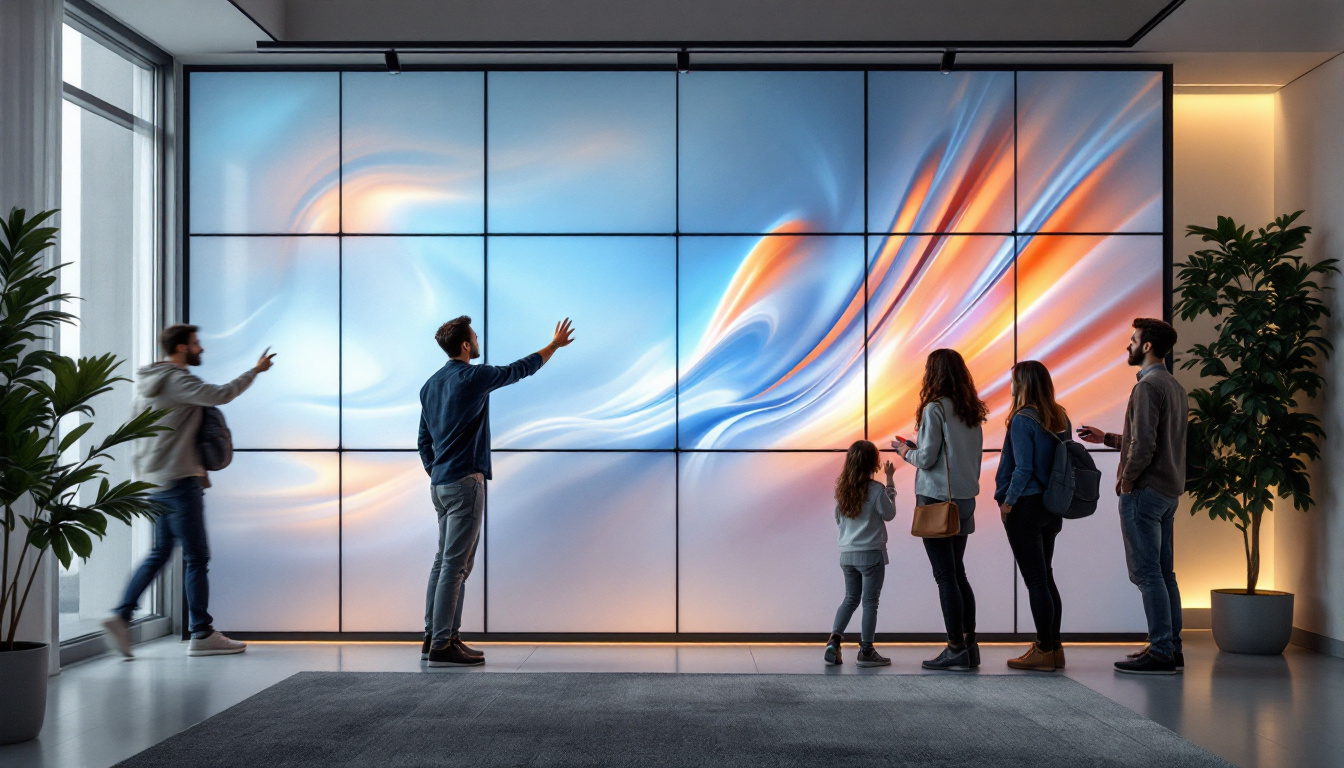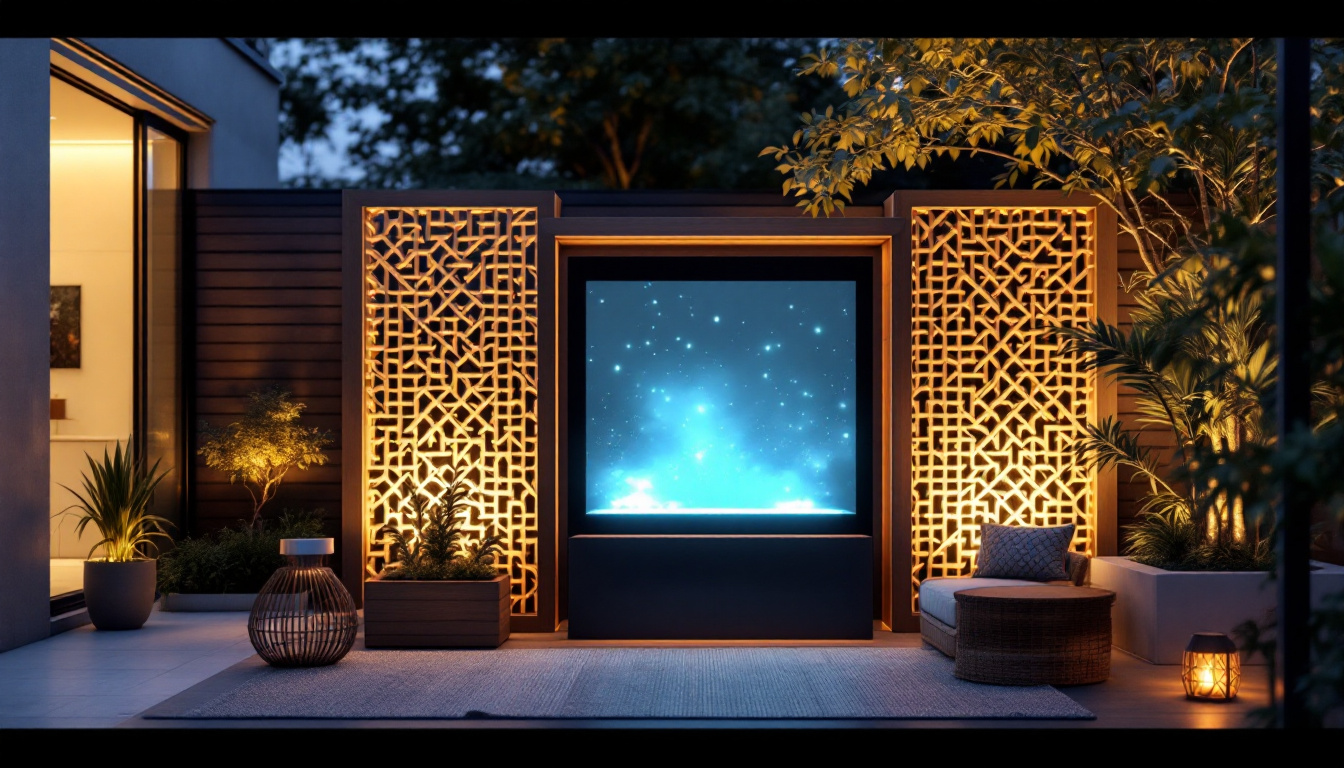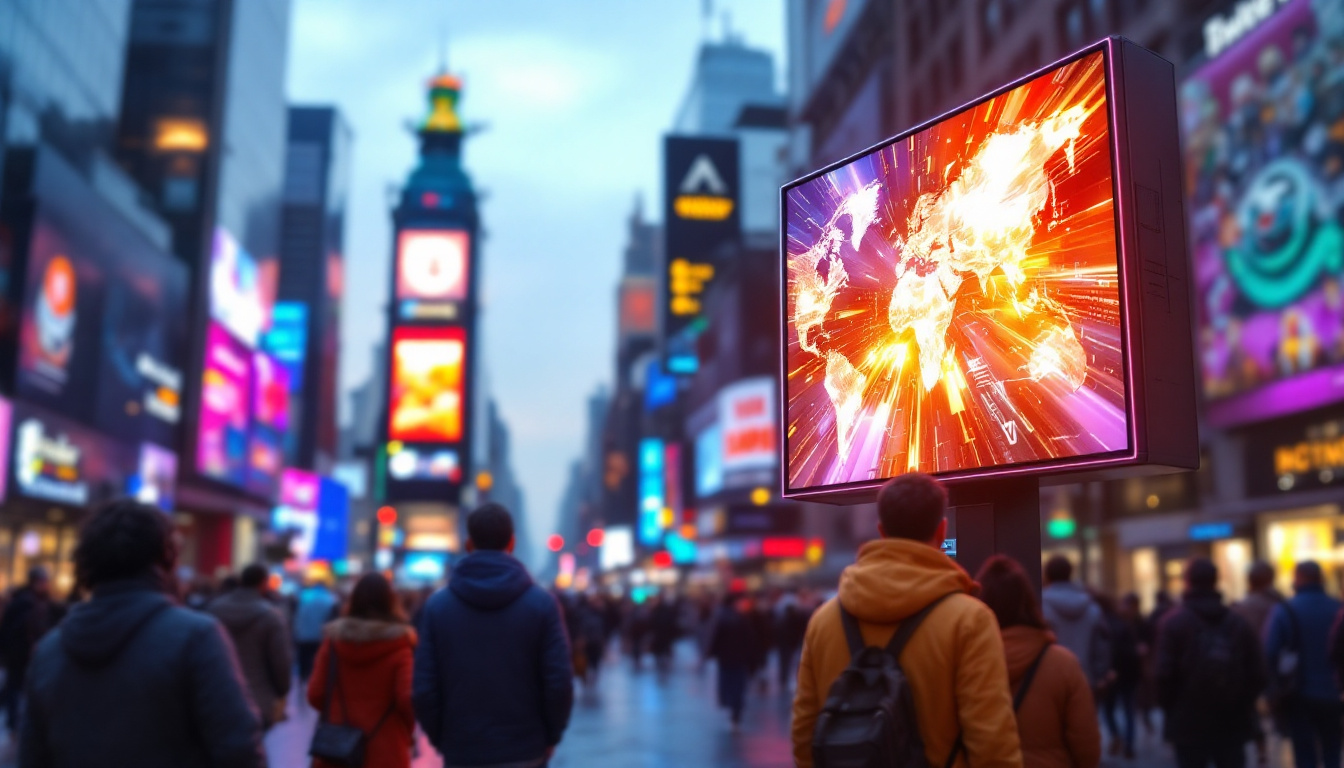In the age of outdoor entertainment, the demand for high-quality visual displays has surged. Outdoor projection screens, particularly those utilizing LED technology, have emerged as a popular choice for various events, from backyard movie nights to large-scale public gatherings. This article delves into the intricacies of outdoor projection screens, focusing on LED displays, their benefits, and considerations for choosing the right one for your needs.
Understanding Outdoor Projection Screens
Outdoor projection screens serve as a canvas for displaying images and videos in open-air environments. Unlike traditional indoor screens, outdoor screens are designed to withstand the elements, ensuring durability and longevity. They come in various formats, including inflatable, fixed-frame, and portable options, catering to different user preferences and requirements. These screens have become increasingly popular for backyard movie nights, outdoor events, and even corporate presentations, providing a unique way to enjoy visual content in a natural setting.
In addition to their practical applications, outdoor projection screens can transform any gathering into a memorable experience. Imagine hosting a movie marathon under the stars or showcasing a slideshow of vacation photos during a family reunion. The ambiance created by projecting visuals onto a large screen outdoors can elevate the atmosphere, making it more engaging and enjoyable for guests. Furthermore, with advancements in technology, many outdoor screens now support high-definition content, allowing for stunning visuals that can captivate an audience.
Types of Outdoor Projection Screens
When considering an outdoor projection screen, it’s essential to understand the various types available:
- Inflatable Screens: These are lightweight and easy to set up. They can be inflated quickly and are ideal for temporary installations. Inflatable screens often come with built-in blowers that keep them inflated throughout the event, making them a popular choice for outdoor movie events in parks or community gatherings.
- Fixed-frame Screens: These offer a more permanent solution, providing a taut surface for optimal image quality. They are typically more robust and can handle wind and rain better than inflatable options. Fixed-frame screens are often used in dedicated outdoor theaters or backyards where the screen can be left up for extended periods, ensuring a professional-grade viewing experience.
- Portable Screens: Designed for versatility, portable screens can be easily transported and set up in different locations. They are perfect for those who want to enjoy outdoor movies or presentations at various venues. Many portable screens come with carrying cases and are lightweight, making them an excellent choice for traveling filmmakers or educators who want to present in outdoor settings.
Key Features of Outdoor Projection Screens
Outdoor projection screens come equipped with several features that enhance the viewing experience:
- Weather Resistance: Many outdoor screens are constructed with materials that resist moisture, UV rays, and other environmental factors. This ensures that the screen maintains its integrity and performance, even after exposure to rain or harsh sunlight.
- Easy Setup: Most screens are designed for quick assembly, allowing users to set up their viewing area in minutes. Some models even feature collapsible frames or integrated stands that simplify the process further, making it accessible for anyone, regardless of technical skill.
- High Gain: Some screens are engineered to increase brightness, making them suitable for daylight viewing. This feature is particularly beneficial for daytime events, where ambient light could otherwise wash out the image quality.
Moreover, many outdoor projection screens are designed with enhanced viewing angles, allowing audiences to enjoy a clear picture from various positions. This is especially advantageous for larger gatherings, where viewers may be seated at different distances and angles from the screen. Additionally, some screens come with built-in sound systems or compatibility with external audio equipment, ensuring that the audio experience matches the visual quality. As outdoor entertainment continues to grow in popularity, the innovation in outdoor projection screen technology is likely to keep pace, offering even more options for enthusiasts and casual users alike.
The Rise of LED Technology
LED (Light Emitting Diode) technology has revolutionized the way visual content is displayed. Known for their brightness, energy efficiency, and longevity, LED displays have become a preferred choice for outdoor projection screens.
Advantages of LED Displays
LED displays offer several advantages that make them stand out in outdoor settings:
- Brightness: LED screens are exceptionally bright, making them visible even in well-lit environments. This quality is crucial for outdoor events, where ambient light can diminish visibility.
- Color Accuracy: LED technology provides vibrant colors and sharp images, enhancing the overall viewing experience.
- Energy Efficiency: LED displays consume less power compared to traditional projection methods, making them a more sustainable choice.
Longevity and Durability
Another significant advantage of LED displays is their durability. Unlike traditional projection bulbs that may need frequent replacement, LED lights can last for tens of thousands of hours. This longevity translates to lower maintenance costs and less hassle for users.
Additionally, LED displays are often built to withstand outdoor conditions, including rain, wind, and temperature fluctuations. This resilience ensures that events can proceed without interruptions due to equipment failure.
Furthermore, the modular design of many LED displays allows for easy repairs and upgrades. If a section of the display is damaged, it can often be replaced without needing to overhaul the entire system. This flexibility not only extends the lifespan of the equipment but also allows for customization, enabling event organizers to tailor the display to their specific needs and venue requirements.
Moreover, the rapid advancements in LED technology have led to the development of flexible and transparent displays, opening up new possibilities for creative installations. These innovative designs can be integrated into various environments, from retail spaces to art installations, providing an immersive experience that captivates audiences. As the technology continues to evolve, the potential applications for LED displays seem limitless, promising exciting developments in the world of visual media.
Choosing the Right Outdoor Projection Screen
Selecting the ideal outdoor projection screen involves several considerations to ensure optimal performance and satisfaction.
Screen Size and Aspect Ratio
The size of the screen is one of the most critical factors to consider. The screen should be large enough to accommodate the viewing distance and the number of spectators. A general rule of thumb is to choose a screen size that allows viewers to sit at least 1.5 times the screen height away.
Aspect ratio is another essential consideration. Common aspect ratios include 16:9 (widescreen) and 4:3 (standard). The choice depends on the content being displayed; for instance, movies typically use a 16:9 ratio, while presentations may fit better in 4:3.
Portability and Setup
For those who plan to move their outdoor projection screen frequently, portability becomes a significant factor. Lightweight, easy-to-assemble screens are ideal for such scenarios. Additionally, consider the setup time; screens that can be erected quickly are advantageous for spontaneous gatherings.
Installation and Setup Tips
Proper installation and setup are essential for maximizing the performance of outdoor projection screens. Here are some tips to ensure a successful experience:
Choosing the Right Location
Location plays a crucial role in the quality of the viewing experience. Select a spot that is relatively flat and free from obstructions like trees or buildings that could cast shadows. Additionally, consider the direction of the sun; positioning the screen away from direct sunlight can enhance visibility.
Secure the Screen
For inflatable screens, ensure that they are adequately anchored to prevent them from blowing away in the wind. Fixed-frame and portable screens should also be secured, especially in windy conditions. Using weights or stakes can help stabilize the setup.
Enhancing the Viewing Experience
To elevate the outdoor viewing experience, consider integrating additional elements that complement the projection screen.
Audio Solutions
While the visual aspect is crucial, audio quality is equally important for a complete viewing experience. Invest in good quality speakers or a sound system that can project sound clearly across the outdoor space. Wireless audio solutions can eliminate the hassle of running cables and provide flexibility in speaker placement.
Comfort and Ambiance
Creating a comfortable environment enhances the enjoyment of outdoor screenings. Provide seating options such as blankets, chairs, or bean bags. Additionally, consider adding ambient lighting, such as string lights or lanterns, to create a cozy atmosphere without interfering with the screen’s visibility.
Maintenance and Care
Proper maintenance is essential to prolong the life of outdoor projection screens and ensure optimal performance.
Cleaning the Screen
Regular cleaning helps maintain the screen’s clarity. Use a soft, damp cloth to wipe down the surface, avoiding harsh chemicals that could damage the material. For inflatable screens, ensure they are completely dry before storing them to prevent mold and mildew.
Storage Considerations
When not in use, store the screen in a cool, dry place. For inflatable screens, deflate them properly and fold them neatly to avoid creasing. Fixed-frame screens should be covered or stored indoors to protect them from the elements.
Conclusion
Outdoor projection screens, particularly those utilizing LED technology, offer an excellent solution for those looking to enjoy visual content in open-air settings. With their brightness, durability, and energy efficiency, LED displays have become a favorite among outdoor enthusiasts.
When choosing the right outdoor projection screen, consider factors such as size, portability, and setup requirements. By following proper installation and maintenance tips, users can ensure a successful and enjoyable outdoor viewing experience.
As outdoor entertainment continues to grow in popularity, investing in a quality outdoor projection screen can transform gatherings, making them more memorable and enjoyable for all participants.
Discover LumenMatrix LED Display Solutions
Ready to elevate your outdoor events with the ultimate visual experience? LumenMatrix is at the forefront of LED display innovation, offering a wide array of solutions tailored to your needs. From mesmerizing Outdoor LED Wall Displays to versatile Vehicle LED Displays and beyond, our mission is to transform your visual storytelling. Immerse your audience with our LED Sports Displays, Floor LED Displays, and even Custom LED options for a truly unique presentation. Don’t just share your message—make it resonate with clarity and impact. Check out LumenMatrix LED Display Solutions today and see how we can illuminate your next outdoor gathering.

